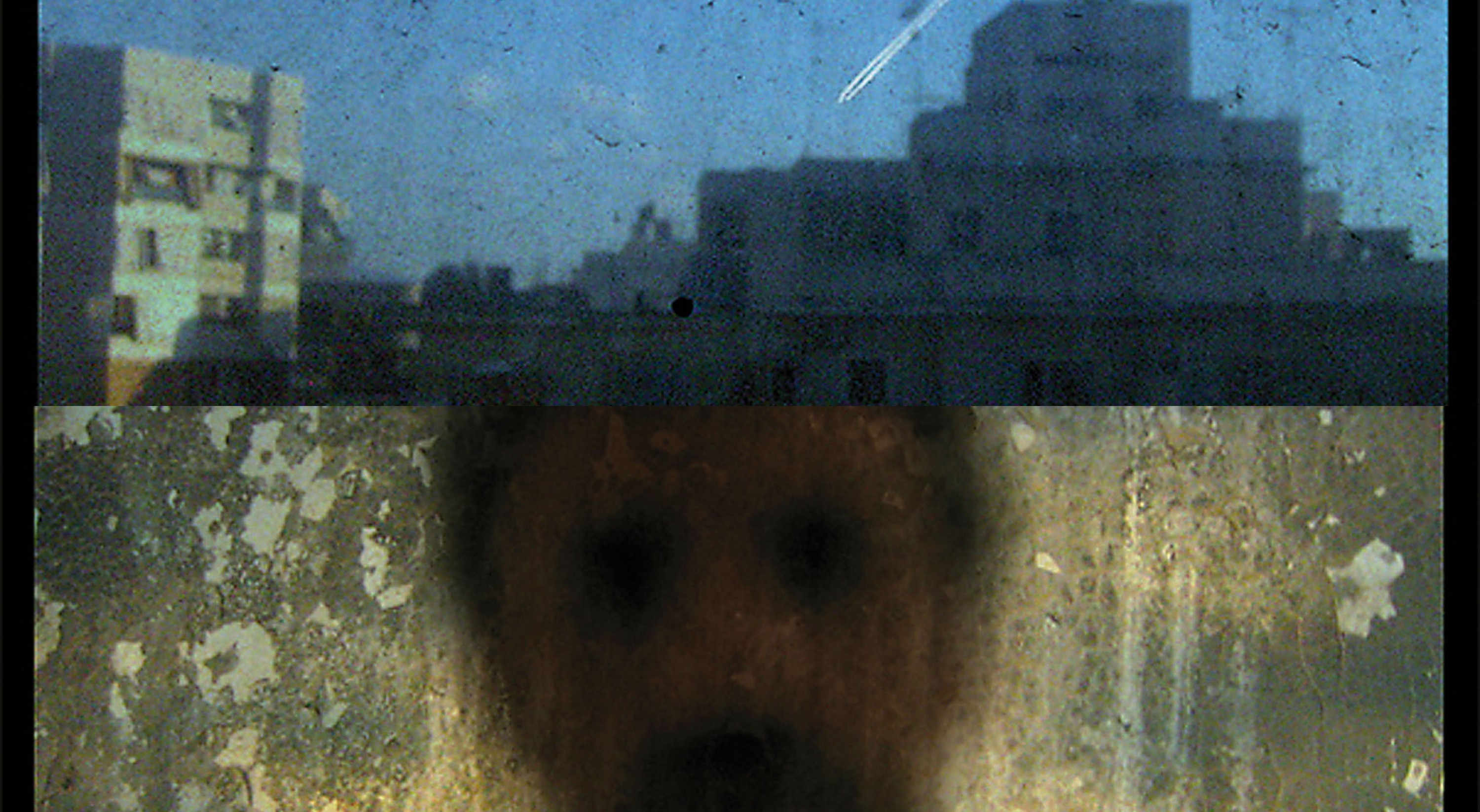Rabih Mroué
Rabih Mroué
Qui a peur de la représentation ?
septembersept 26 – 29
Qui a peur de la representation?
by Rabih Mroué
Written and directed by Rabih Mroué
Stage design: Samar Maakaroun
With Lina Saneh, Rabih Mroué
Translated from Arabic by Catherine Cattaruzza
Produced by The Lebanese Association for Plastic Arts (Ashkal Alwan) Beirut; Hebbel Theater/Berlin; the Siemens Arts Program;
the Centre national de la Danse/Pantin
Co-presented by Les Spectacles vivants-Centre Pompidou and the Festival d’Automne à Paris
With support from TQW, Vienna, and funding by ONDA for the super-titles
With financial support from the Fondation d’Entreprise CMA CGM and Zaza and Philippe Jabre
Thanks to Service de Coopération et d’Action Culturelle de l'Ambassade de France au Liban
The Arabic word, tamthil, which can be translated as “representation” also means a game, a performance, or the act of assaulting someone. Reality and fiction clash with increasing violence throughout the performance. Where does an artist stand in a civil war? Or an individual in a society governed by self-righteous religious communities? Refusing to be silenced, two Lebanese artists use humour and courage to explore the notion of representation.

